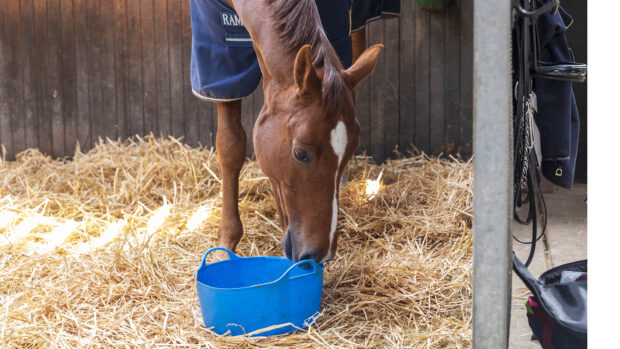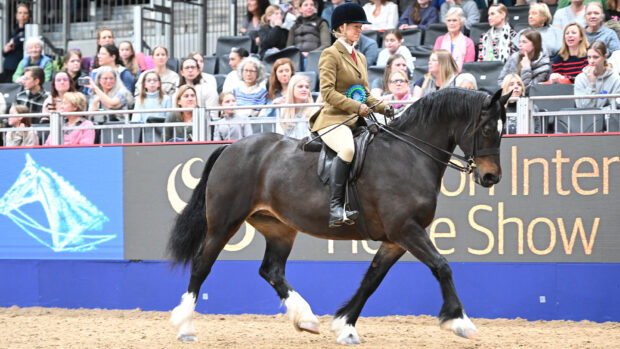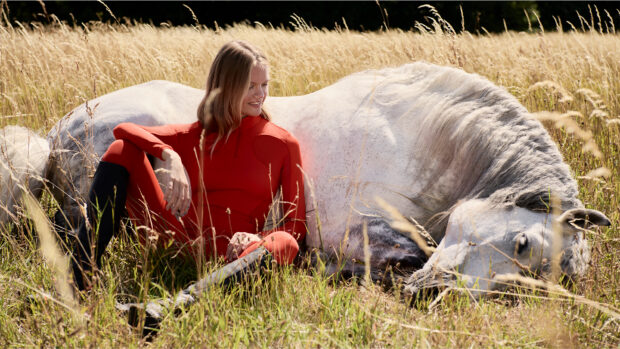The Bedlington Terrier is named after the Northumberland mining town where the breed was first developed. They have also been known as the Rothbury Terrier, referring to another mining town about 20 miles north of Bedlington. Never mind their sweet, fluffy looks, this is a breed initially cut out to do dirty work, ratting in the coal mines and even pit-fighting as wagers between the town’s miners and nail-makers.
While they may look soft as lambs, and are indeed affectionate, charming and loyal, Bedlington Terriers can turn on the assassin side as impressively efficient vermin hunters, from rats and rabbits to fox.
Sweet and genial in the home, this is a spirited and game terrier breed that can run like the wind when in pursuit of prey, while also providing tonnes of fun for all the family whether as playmates, protective watchdogs or sofa-hoggers.
This distinctive-looking dog, with the appearance of a terrier in sheep’s clothing, is believed to have all sorts of contrasting breeds in its ancestry, from whippet to bull terrier, otterhound to Dandie Dinmont.

Bedlington Terrier: fact file
Kennel Club breed group: terrier
Size: small
Daily exercise: an hour a day
Coat: medium, non-shedding.
Colours: blue, liver or sandy, with or without tan – but typically born black or brown. Small, triangular-shaped, bright eye; colour varying from dark to light hazel depending on coat colour.
Lifespan: more than 10 years.
Bark: like most terriers, they tend to be fairly vocal.
Distinctive features: known for its striking resemblance to a lamb, with a wedge or pear-shaped, white-tufted head and soft, curly coat, which does not shed.
They also have a distinctive action, with mincing, springy step in slower paces, and a roll when in full stride and they are capable of galloping fast.
Temperament: good-tempered, sensitive and affectionate, both gentle and brave.
Things to consider: although this non-shedding dog breed is considered a good option for those with allergies, as some people can tolerate the lower amount of hair and dander produced. However, this breed does need regular grooming, which can aggravate allergies. This curly, linty coat requires brushing at least twice a week with a good set of grooming brushes, to remove the dead hair as well as the mats, besides clipping once every two months.
Their ears need regular attention to remove wax with an ear cleaner before it causes problems, as the hair tends to grow well down into the ear.
As with many breeds, it is important to know how to cut your Bedlington’s nails as this needs to be done regularly with some good nail clippers. Bedlingtons used to be prone to cracked pads and corns, but this has been diminished through discriminate breeding.
Training: an intelligent breed that are typically fairly easy to train as they enjoy working and pick up commands quickly. However, a clever dog often has a stubborn streak, so you need to train judiciously before they turn the tables on you!

Complete Guide For Bedlington Terriers
If you have just purchased a Bedlington or want to train your little one, this guide will teach you how to raise yours to be obedient, healthy and happy.

All about the Airedale Terrier

9 dog breeds that don’t shed (much)

Paw-sitively hysterical dog jokes to raise the woof with laughter

Who’s a clever dog? The 7 smartest dog breeds in the world

13 gifts ideas for the dog lover in your life

Subscribe to Horse & Hound magazine today – and enjoy unlimited website access all year round
Horse & Hound magazine, out every Thursday, is packed with all the latest news and reports, as well as interviews, specials, nostalgia, vet and training advice. Find how you can enjoy the magazine delivered to your door every week, plus options to upgrade your subscription to access our online service that brings you breaking news and reports as well as other benefits.




